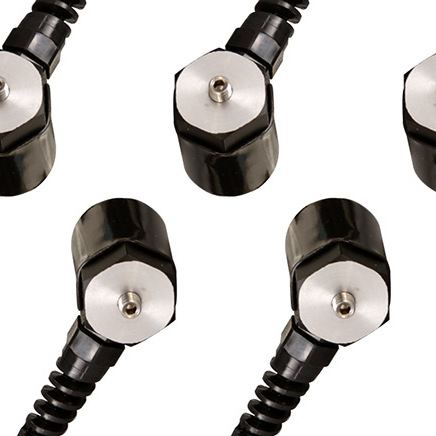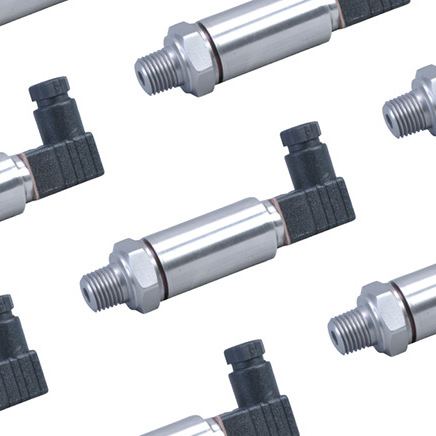A project involving load cell isn’t complete without its supporting technologies. The reason why we need additional tech for facilitating a load cell experiment is that the load cells are designed to just measure the electrical variances that occur when it is under load.
These electrical signals are useless without a proper medium to convert them into legible output. Hence, a load cell setup starts with the load cell and ends with the technician properly understanding the measurements taken by the load cell.
In between these two extremes, lies load cell signal conditioner.
Signal Conditioners - Modifying Signals from the Load Cells
 Smart Load Cell interface with I/O
Smart Load Cell interface with I/O
The electrical signals produced by the load cell may not have enough strength to be read by the digital monitors. Or, there may be instances where there might be significant noise accompanying the signal which can lead to erroneous results. In such scenarios, you need a layer that helps in structuring the signals to get the best output.
Signal conditioners take the output from the load cell, modify it and then send it to digital monitors or data loggers. The type of modification required will depend uponthe signal. Hence, signal conditions isn’t a single process, it is a collection of processes.
A good signal conditioner takes in input ranges that span 0-5 Vdc, 0-10 Vdc, ±5 Vdc, ±10 Vdc, 0-20 mA and 4-20 mA and then converts it to digital signals of RS232, RS485 and USB formats.
There are plenty of more formats when it comes to inputs and outputs. We have only mentioned some of the most common among the bunch.
Functions of a Load Cell Signal Conditioner
A signal conditioner has a multitude of functions. We will explain the most prevalent signal conditioning techniques.
Filtering:
The signal from the load cell may have noise along with the useful signal data. Filtering is the process by which the noise part is filtered out so that only the useful data go through the next stage. Modern signal conditioners use digital filters, as they are much more powerful and capable of filtering out noise.
Signal conversion:
Another important job of a signal conditioner is to convert the analog signals from the load cell to digital signals that can be easily read by the monitoring device.
Amplifying:
It is the process of strengthening weak signals without tampering the data. Amplification is done by either increasing the resolution of the signal from the load cell or increasing the signal to noise ratio.
Linearization:
When the sensors produce voltages that are not related to physical measurement, it can cause errors in the final reading. Linearization helps to detect these voltages and then structure the signal accordingly.
Excitation:
Strain gauges need an excitation source to operate. Signal conditioners can provide this current to the strain gauge. Signal conditioners essentially help in getting better and accurate readings without us directly optimizing the signals. When you have a strain gauge setup, you must get a quality signal conditioner.
- What is a Load Cell?
- Types of Load Cells
- Selecting a Load Cell
- FAQ
- Installing a Load Cell
- How to Wire a Load Cell?
- Troubleshooting
- Amplifiers for Load Cells
- Data Loggers for Load Cells
- Load Cell Meter
- Load Cell Controller
- Signal Conditioners
- Weighing Trucks, Trains, and Aircraft
- Dynamic Load Measurement
- Testing Load Tolerance in Cables
- Critical Component in X-ray Laser

